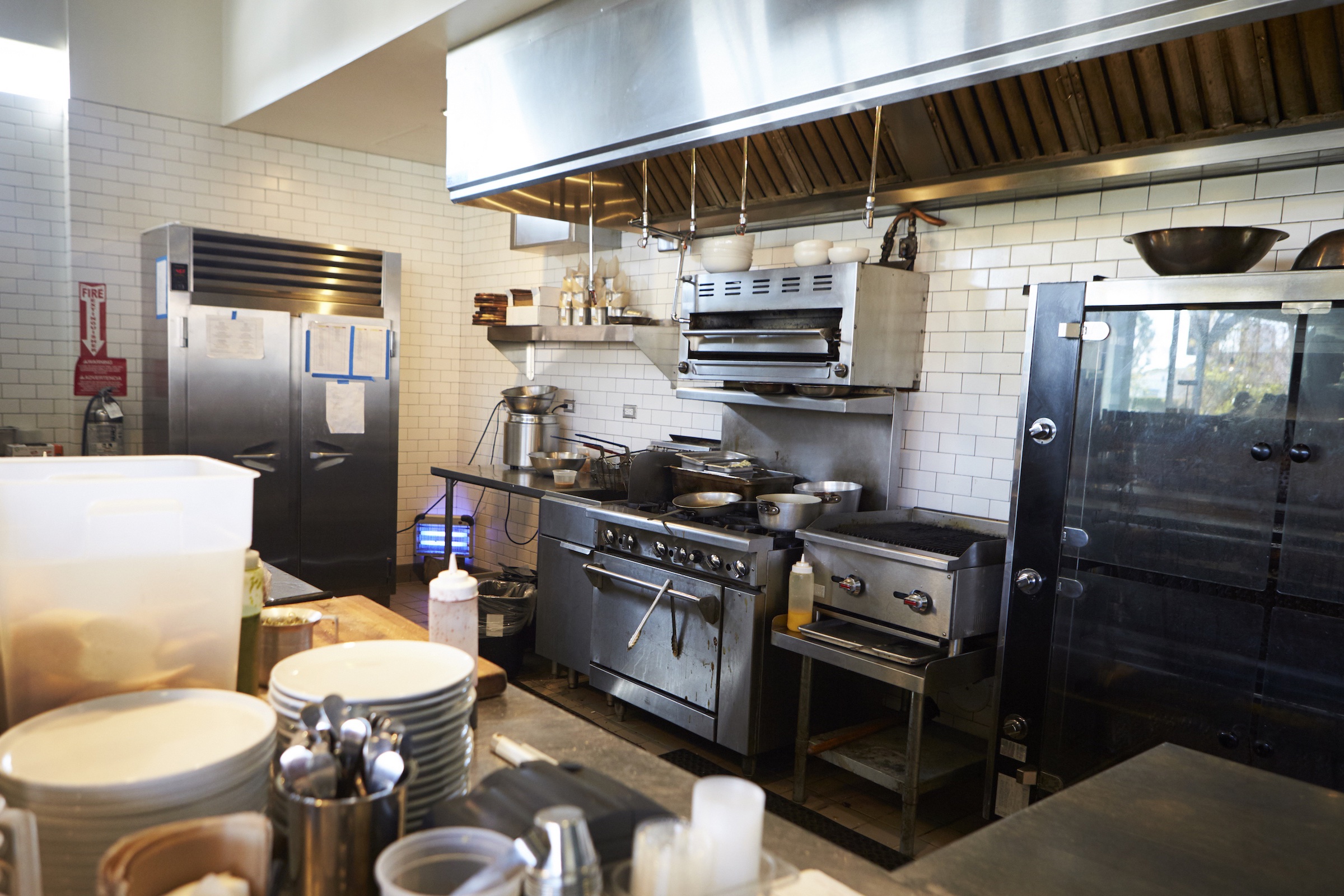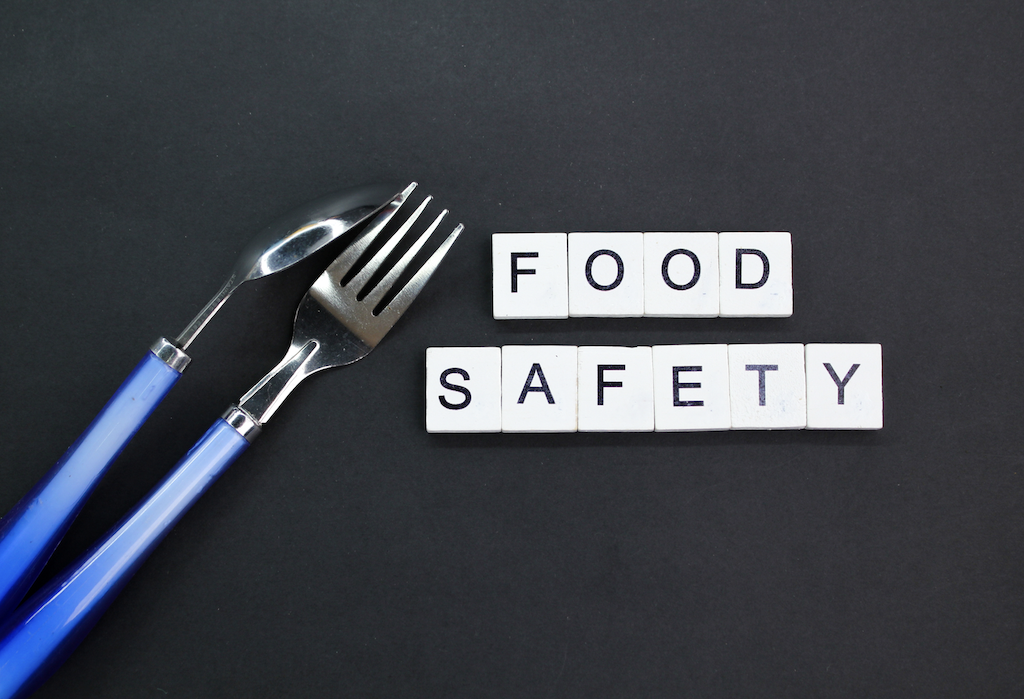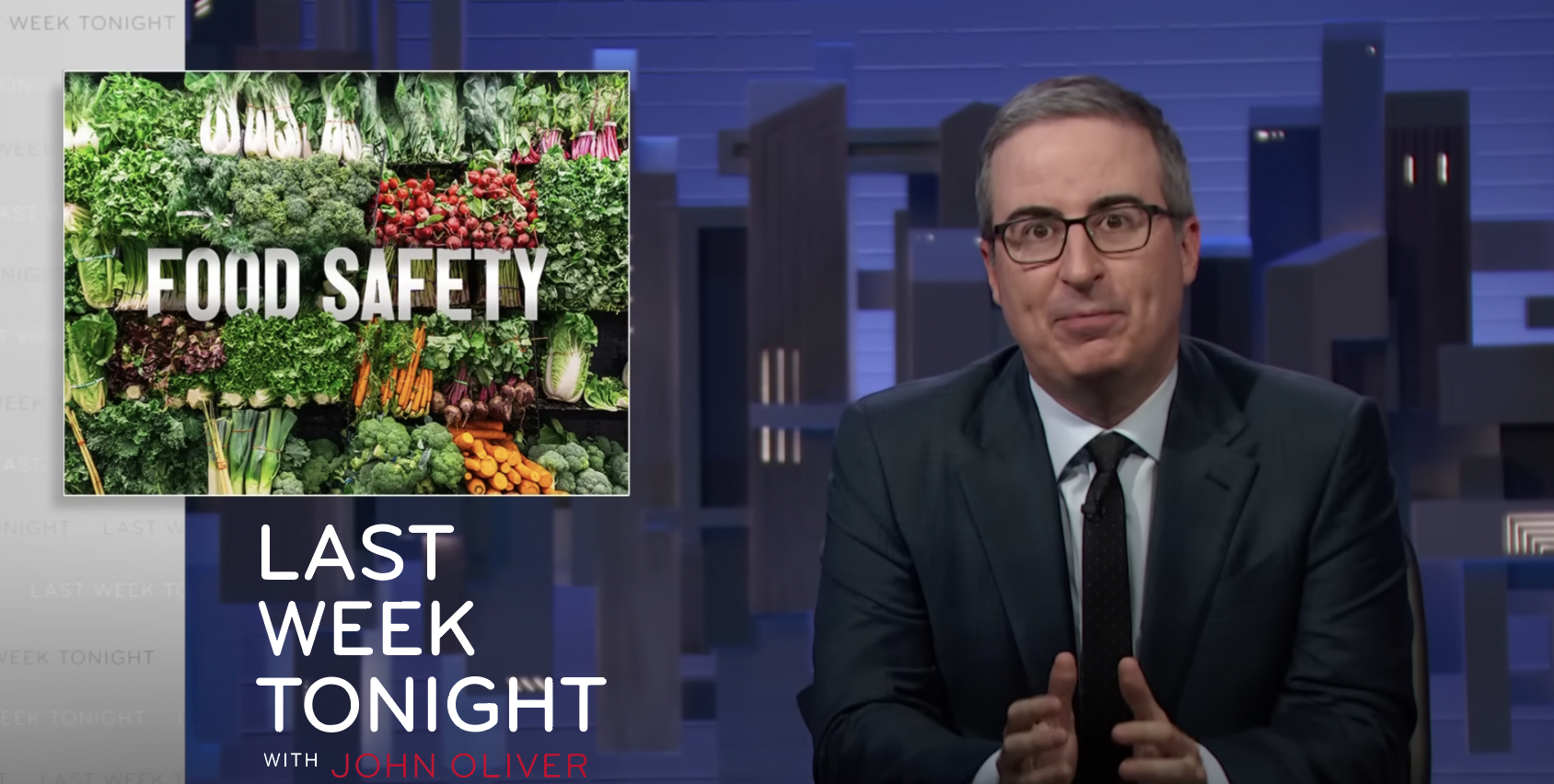In the fast-paced world of restaurants and food manufacturing, staying competitive is critical for success. Technology improves back-of-house (BOH) operations by bringing efficiency, accuracy, and streamlined processes. This blog will explore the details of the tech tools and technologies used in the restaurant’s BOH. Let’s see how these innovations change the industry, help manage costs, and offer real-time insights.
Understanding the Back-Of-House Operations
BOH operations are crucial, and technology plays a pivotal role in streamlining these operations, offering advanced solutions for food safety, temperature controls, and inventory documentation. Automated systems, such as scheduling software and inventory management tools, enhance efficiency by minimizing errors and reducing manual workloads. Integrating technology in BOH operations optimizes processes, ensuring that restaurants can meet the demands of a dynamic and fast-paced industry while maintaining quality and efficiency.
Critical Considerations in Choosing a Tech Stack
Ensuring seamless alignment between technology and restaurant needs is crucial. Scalability, user-friendliness, and integration capabilities play a pivotal role. A scalable tech solution allows flexibility as the restaurant grows, while user-friendly interfaces reduce learning curves and enhance efficiency. Integration capabilities are vital for cohesive system functionality and data sharing. When technology aligns with these considerations, it becomes a valuable asset, boosting operational efficiency and contributing to the restaurant’s success and growth.
Efficiency Enhancements and Inventory Management Software
Effective inventory management is essential for the food industry. Advanced software solutions are vital in automating inventory tracking, reducing waste, and optimizing efficiency. Technology in streamlining these operations and the impact improves time management, inventory tracking, workflow automation, and your bottom line – cost savings.
Food Safety and Compliance Tools
Prioritizing food safety and compliance is non-negotiable. Technology helps by making monitoring and documenting food safety procedures, temperature controls, and hygiene practices easier. Automated systems alert staff to potential issues, lowering the risk of contamination.
Data Analytics and Business Intelligence
Utilizing data is crucial for making informed strategic decisions, providing operational metrics and valuable insights that significantly improve overall business operations, ultimately leading to increased profitability. Businesses can optimize processes, identify growth opportunities, and make well-informed choices by analyzing and interpreting relevant data. This underscores the pivotal role of data utilization in driving operational efficiency and financial success.
Cost-Savings and Return on Investment (ROI)
Leveraging a tech stack provides essential data for strategic decision-making, contributing to improved overall business operations and increased profitability and yields immediate and long-term cost benefits. Investing in tools and technologies that offer a substantial return on investment (ROI) further enhances the financial advantages, underscoring the advantages of adopting a robust technological infrastructure.
Challenges and Solutions
Addressing typical hurdles encountered when introducing new technologies in BOH operations and devising effective strategies to overcome them are essential considerations. Identify the most suitable tech stack for your restaurant’s BOH, emphasizing aspects of safety, efficiency, and cost-savings to ensure a successful implementation
Future Trends in BOH Technology
Stay ahead of the curve. BOH operations in restaurants and food manufacturing are undergoing a technological revolution. Embracing these innovations improves operational efficiency and enhances business growth, creating a seamlessly integrated and tech-driven culinary BOH landscape where innovation becomes synonymous with excellence.
PathSpot’s SafetySuite for BOH
PathSpot SafetySuite offers hardware and software tools that streamline operations, which include PowerTemp, PowerLabels, PowerTasks, and HandScanner, with a robust data hub to provide 24-7 access to your analytics. By integrating these BOH tools, you can establish a comprehensive, automated digital solution that supports every aspect of your food business.
Ensure Hand Hygiene Compliance
PathSpot’s SafetySuite uses a state-of-the-art HandScanner that quickly detects harmful bacteria and pathogens on hands, providing instant feedback to users. This helps ensure that your staff maintains the highest hand hygiene standards, a crucial aspect of food safety.
Streamline Compliance Documentation
PathSpot’s SafetySuite simplifies documentation by automatically recording hand hygiene data, temperature logs, and other critical information–reducing the administrative burden and ensures accurate and accessible records for inspections and audits.
Real-time Insights
PathSpot’s SafetySuite provides real-time insights and analytics, allowing you to monitor compliance trends and make data-driven decisions to enhance food safety practices.
Proactive Alerts
Receive alerts when critical hand hygiene or temperature thresholds are not met, enabling you to take immediate corrective actions and prevent potential hazards.
As you implement PathSpot’s SafetySuite you’ll be better equipped to navigate the complex world of BOH food safety, minimize risks, and ensure the highest quality and safety standards in your food products. This BOH technology paves the way for a safer, healthier, and more successful food industry for everyone involved.
Your BOH tech stack is your path to compliance, enhanced food safety, and cost-saving, and it begins with PathSpot.
To learn more about how PathSpot’s SafetySuite can revolutionize BOH food safety practices for your business, book a demo today! PathSpot – Request Demo today!



